Researchers discovered the complete fossils of an enormous shark that lived among the dinosaurs. These mysterious predators have unveiled crucial insights about the ancient relative of the great white shark.
Discovered in the mid-eighteenth century, most descriptions of the genus were based on teeth. Now, researchers have new evidence to base the ancient shark on.
Understanding the Mystery of the Ptychodus
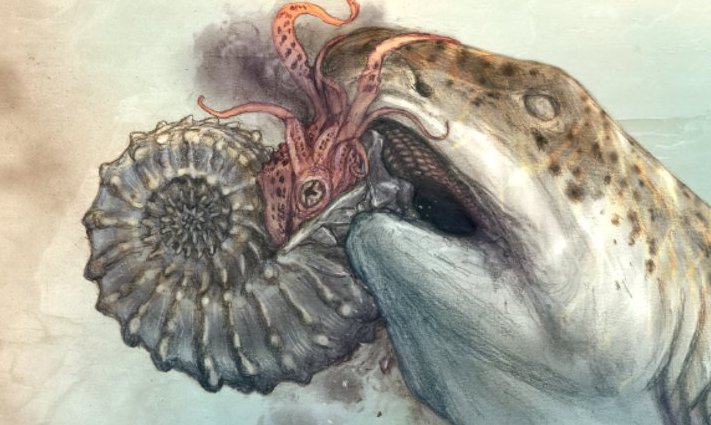
However, a recent discovery in northeastern Mexico has offered a glimpse into the world of the ancient predator, shedding light on its size, behavior, and place in the ecosystem.
Information Based on Teeth
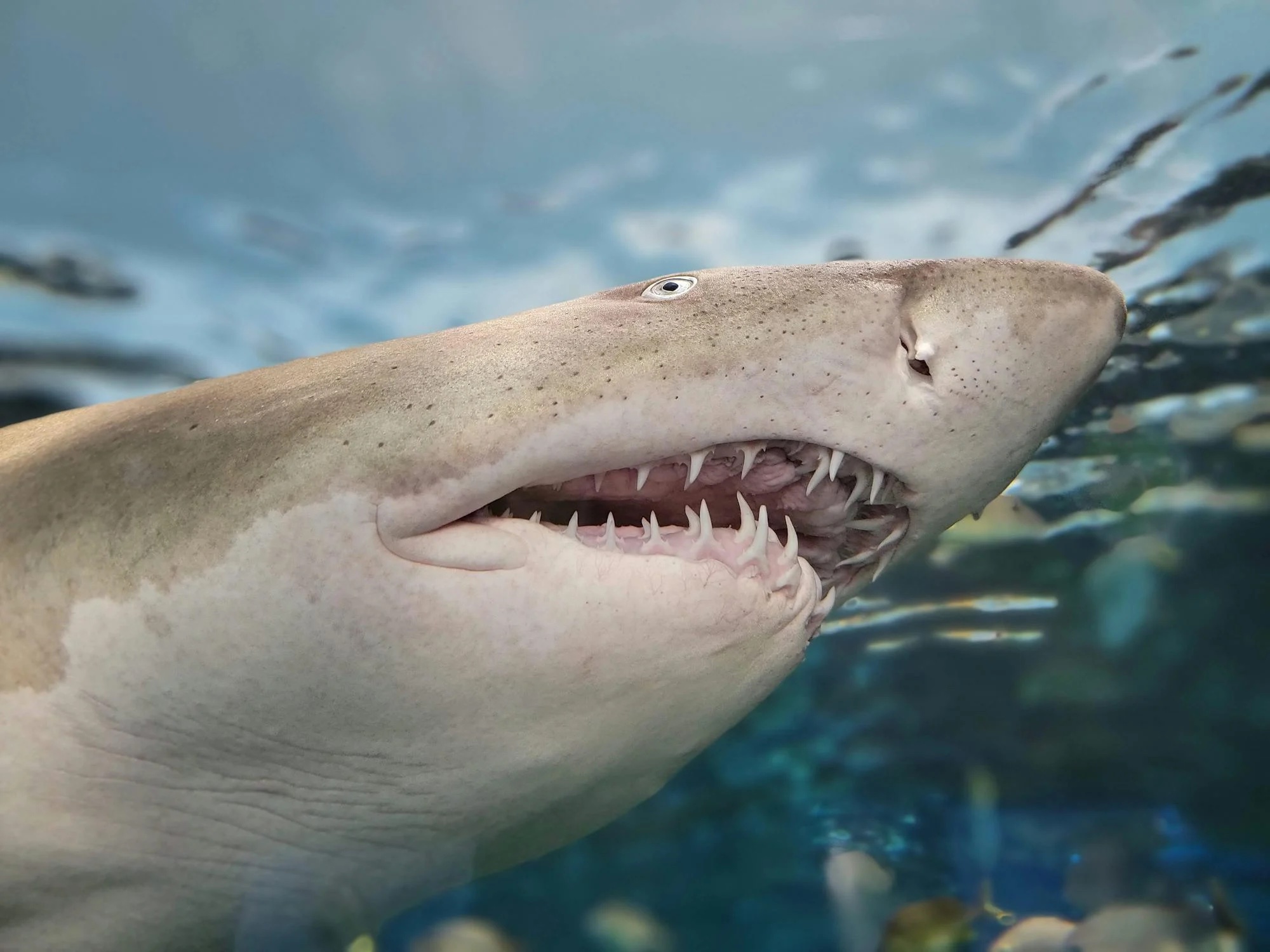
These teeth showcased that this type of shark was able to crush shells, which were numerous according to marine deposits dating to the Cretaceous period (145 million to 66 million years ago).
Uncovering More Information
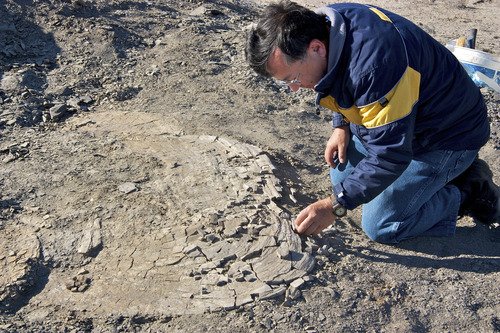
Now that researchers have discovered a fully intact specimen, they can finally put to rest what the shark’s body shape might have looked like when it swam in the ocean with other dinosaurs.
The discovery of complete Ptychodus specimens is really exciting because it solves one of the most striking enigmas in vertebrate paleontology,” lead author Romain Vullo, a researcher at Géosciences Rennes, told Live Science.
The Discovery of the Limestone
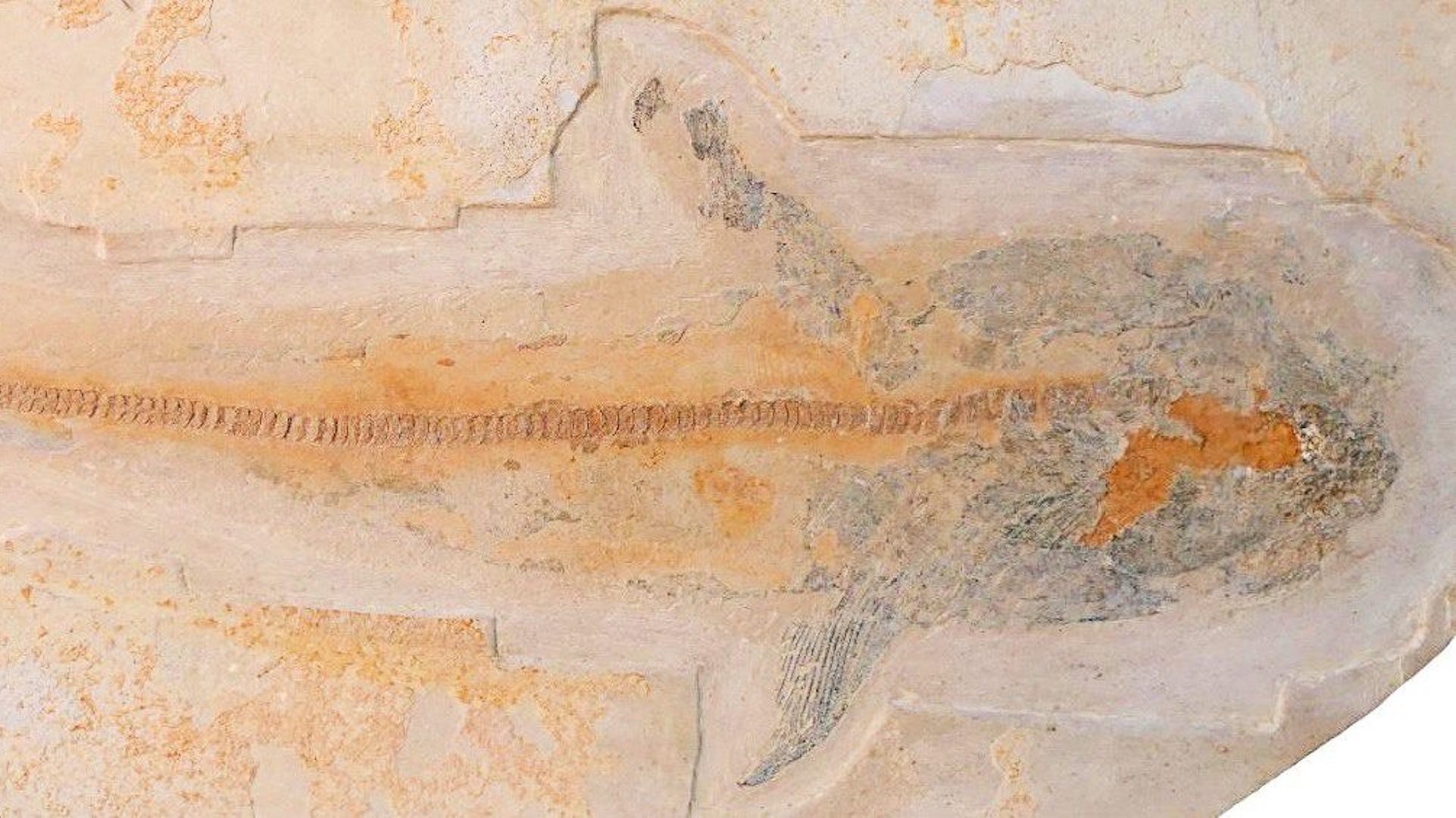
In the limestone, the outline of the shark remains fully preserved without any marks. “A soft lime mud rapidly buried the carcass of the animal before entirely disarticulating it,” Vullo said.
Uncovering New Information About the Ptychodus
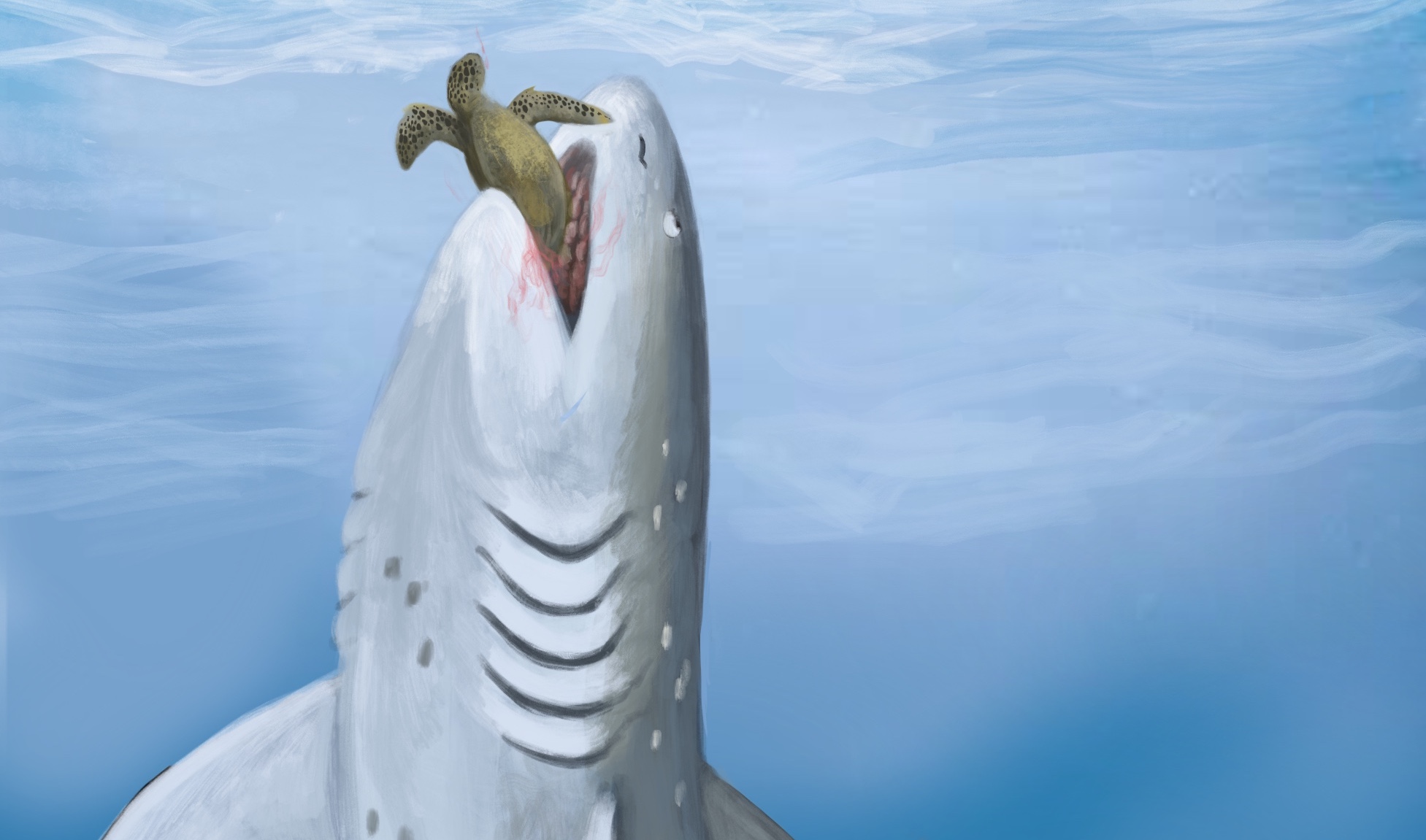
The new fossils challenge that belief. The streamlined body shape indicates that the ancient shark was a fast-swimming pelagic predator.
The Ancient Shark Was Related to the Extinct Megalodon
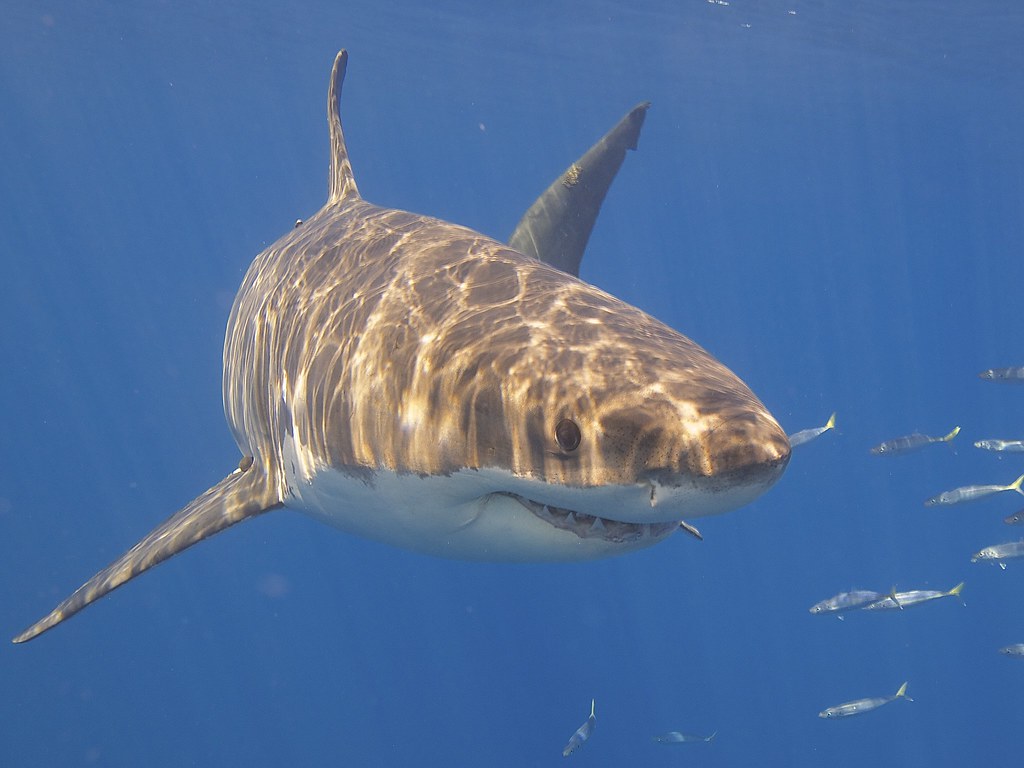
The team behind the research says that the plethora of features preserved within the specimens, including their fin skeletal anatomy, allowed researchers to carry out a fresh analysis of where Ptychodus sits on the evolutionary family tree.
The results show that the ancient shark was a kind of mackerel shark—a group that includes the extinct giant shark Megalodon and the great white shark that inhabits oceans now.
The Size of the Ptychodus
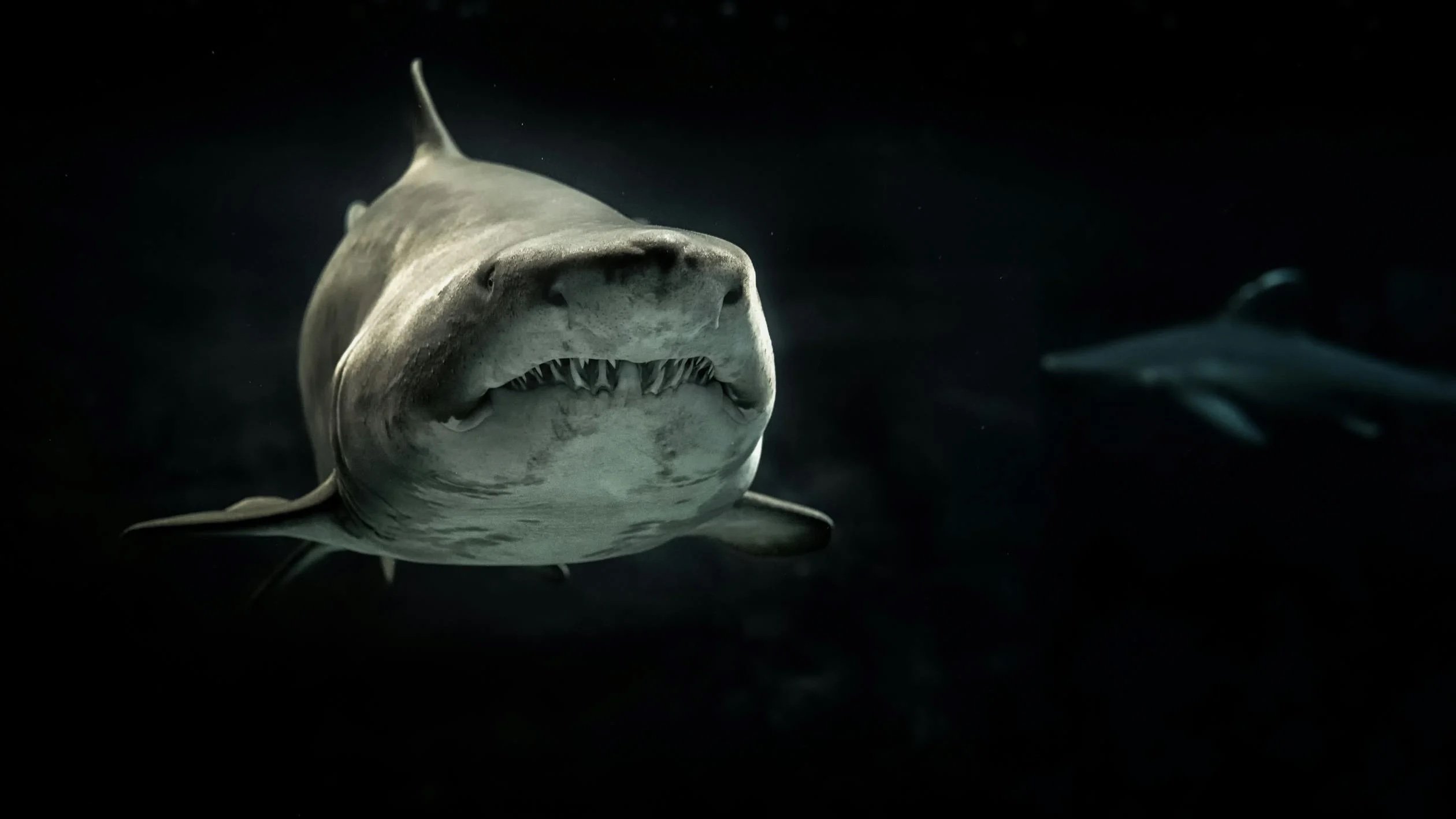
The newfound fossils show that these animals could have reached lengths of up to 33 feet, which makes them among the giants of the ancient seas.
Contrary to previous assumptions, Ptychodus was not a sedentary bottom-dweller. Instead, it was a swift predator of the open waters.
The Ptychodus Had a Common Prey
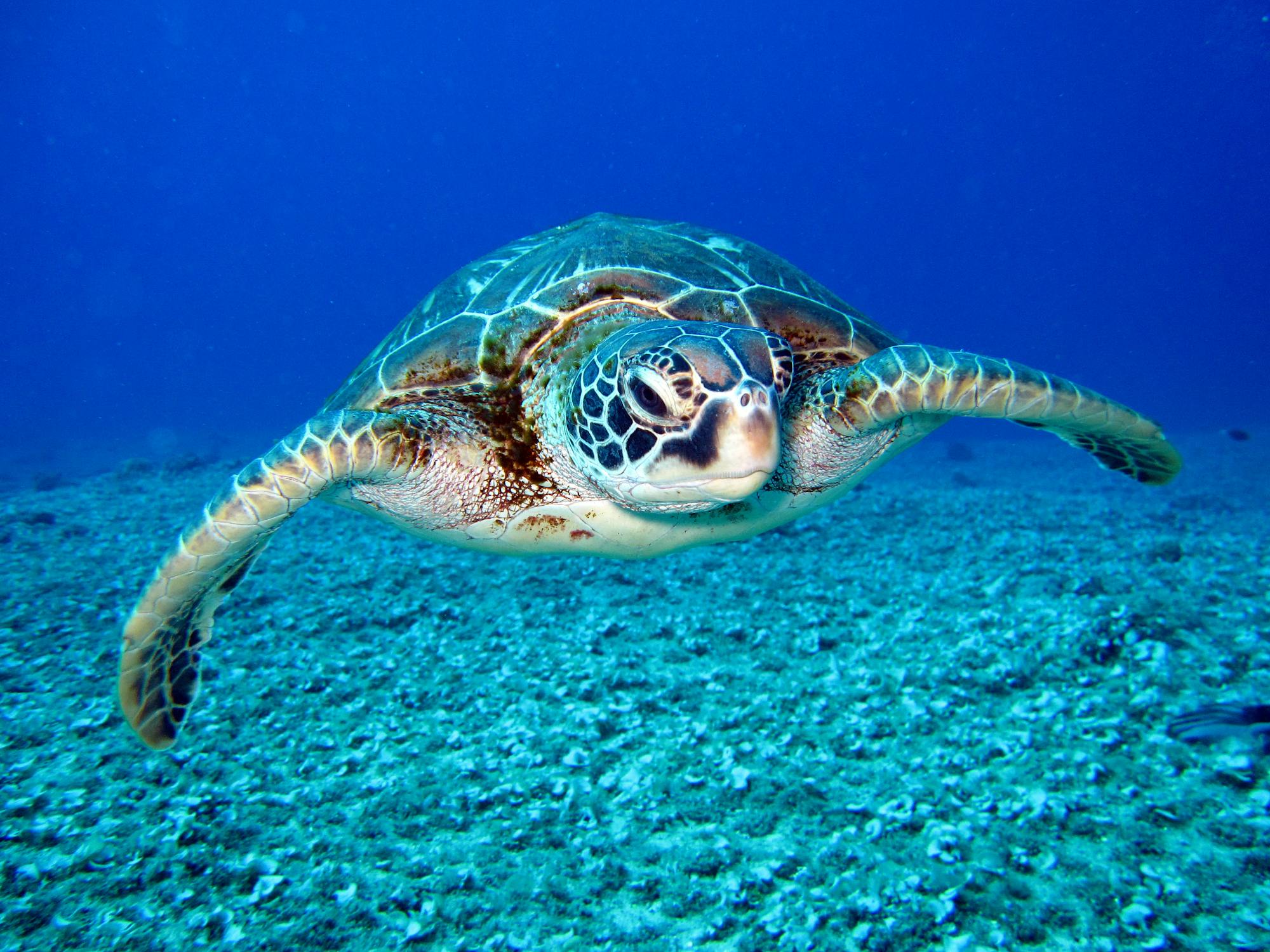
The outline of the shark suggests that the ancient species hunted sea turtles, which could explain the creature’s extinction around 76 million years ago.
Sea turtles were common prey for other predators that hunted the waters around this time.
When Was the Ptychodus Alive?
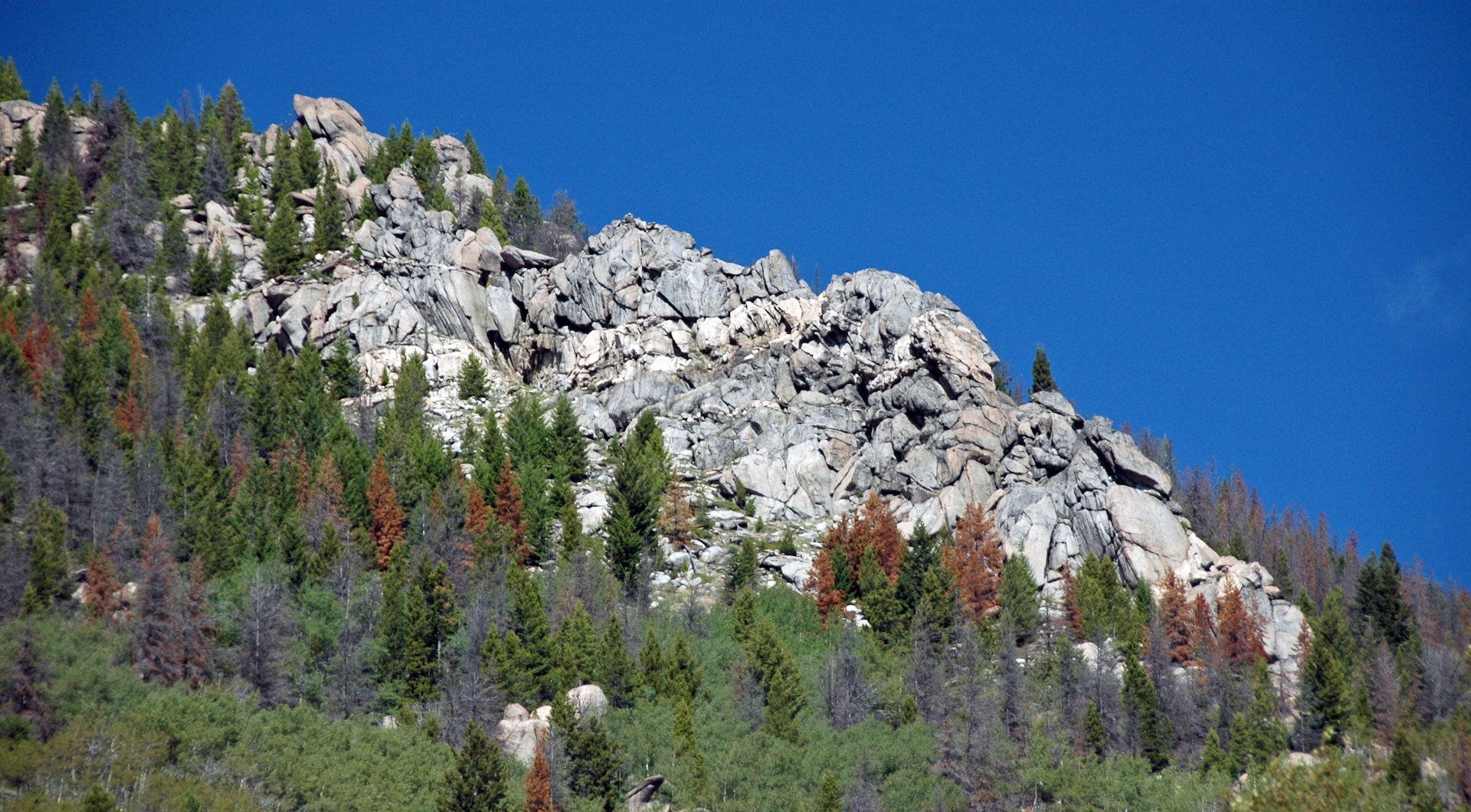
“Ptychodus occupied a special ecological niche in Late Cretaceous seas,” Vullo said because it was the only pelagic shark that was adapted to eating hard-shelled prey such as turtles.
“Toward the end of the Cretaceous, these large sharks were likely in direct competition with some marine reptiles (mosasaurs) targeting the same prey,” he said.
Where the Ptychodus Lived

The location of the Ptychodus fossils suggests that the ancient shark had a vast geographic range. Fossils have been found in the Americas, Asia, Europe, and Africa.
This evidence showcases that these ancient predators once dominated the entire ocean.
How the Ptychodus Mostly Likely Went Extinct
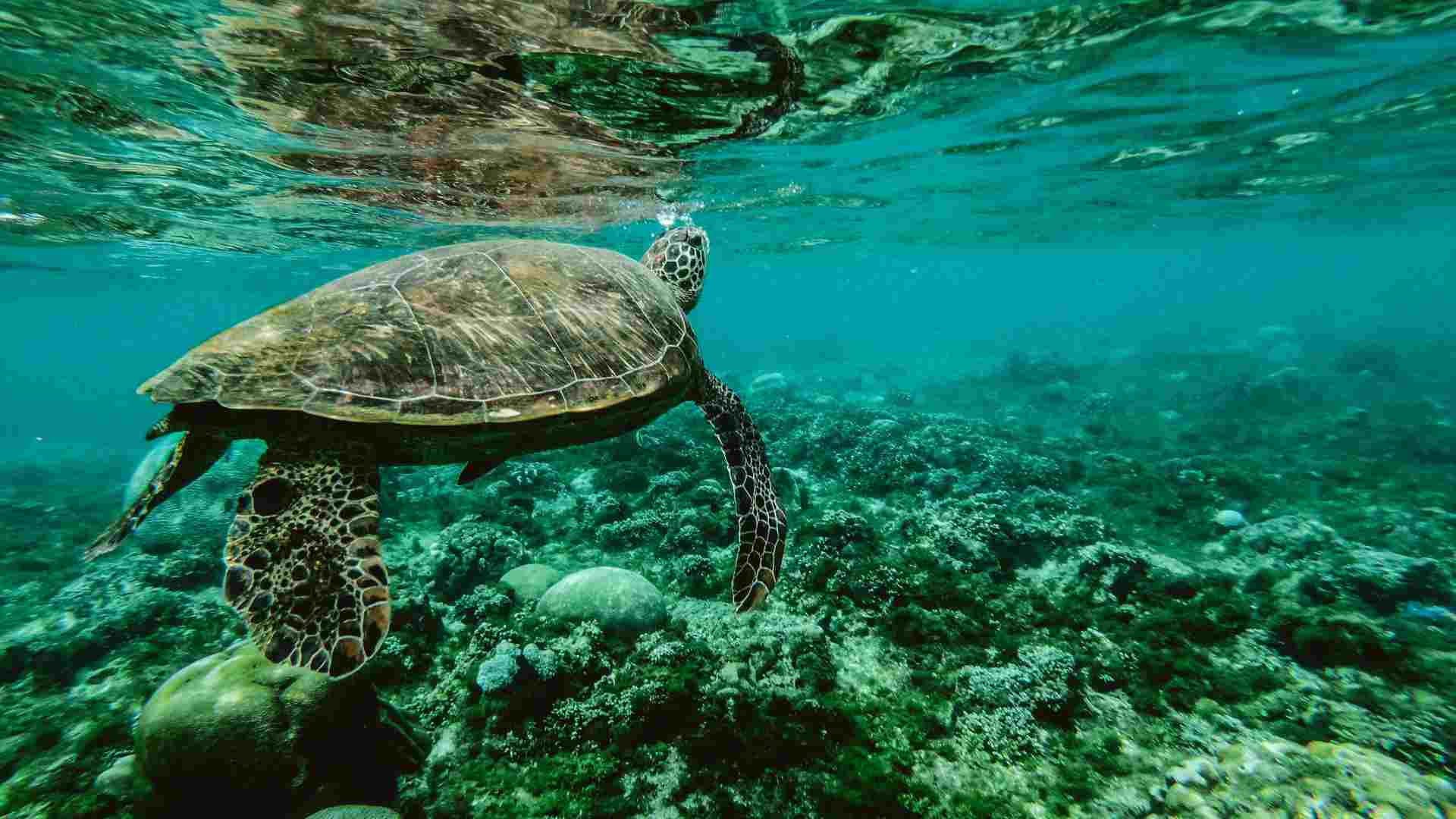
This information reveals that Ptychodus was possibly the largest shark to ever live on a diet of mostly sea turtles. The study also hints at the demise of Ptychodus.
The extinction of this species could have occurred due to competition with other creatures like large aquatic reptiles that fed on similar prey.








































